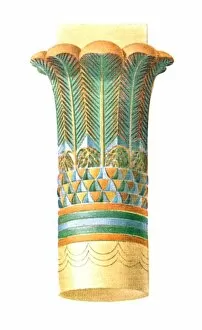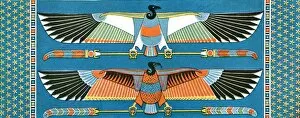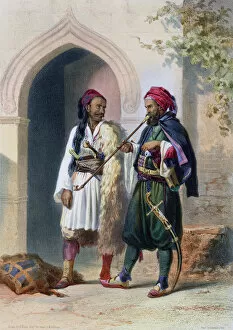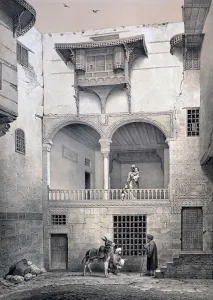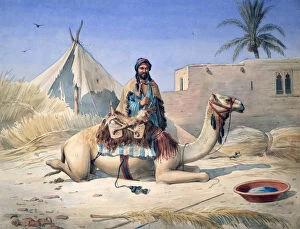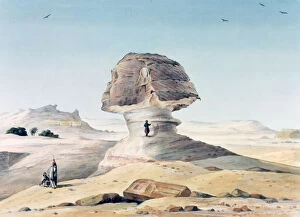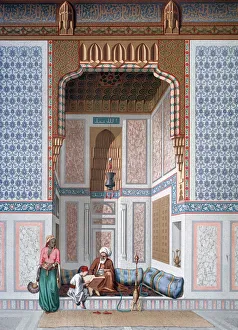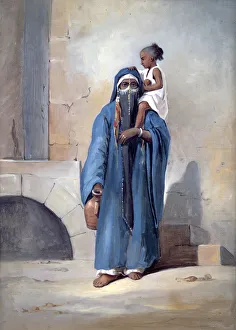Achille Constant Theodore Emile Collection
"Achille Constant Theodore Emile: A Journey Through Ancient Egypt's Architectural Marvels and Cultural Delights" Step back in time to Luxor
All Professionally Made to Order for Quick Shipping
"Achille Constant Theodore Emile: A Journey Through Ancient Egypt's Architectural Marvels and Cultural Delights" Step back in time to Luxor, Egypt in 1928 as we explore the captivating world of Achille Constant Theodore Emile. This unknown creator takes us on a visual tour through the ancient wonders of this mystical land. In Luxor, we are greeted by a magnificent column that stands tall, whispering stories from centuries past. Moving on to Edfu, we discover the remnants of a Ptolemaic capital, showcasing the grandeur and opulence of an era long gone. Karnak beckons us with its imposing columns that seem to touch the sky. Each one tells tales of pharaohs and gods who once walked these hallowed grounds. Philae reveals its secrets through a Roman capital, reminding us of the intermingling cultures that shaped Egypt's history. Thebes enchants us with its Bouquet capital - intricate carvings depicting scenes from daily life and mythological legends. As we venture further into Thebes, we stumble upon the tomb of Aichesi adorned with breathtaking ceiling paintings; their vibrant colors transport us into another realm. Philae mesmerizes with vulture ceiling decorations - symbols of protection and divinity watching over this sacred place. And then there is Sakkara where Bekenranef's tomb unveils yet another masterpiece; every brushstroke revealing stories untold. But our journey doesn't end here; it extends beyond architecture and artistry. We encounter Nizamior, regular troops of the Turkish army at Kanka in 1848 - a glimpse into Egypt's rich military history. And let's not forget about Rosetta where Egyptian dancing girls perform Ghawazi dances; their graceful movements echoing traditions passed down through generations. Achille Constant Theodore Emile has gifted us with glimpses into an ancient civilization that continues to captivate and inspire.







